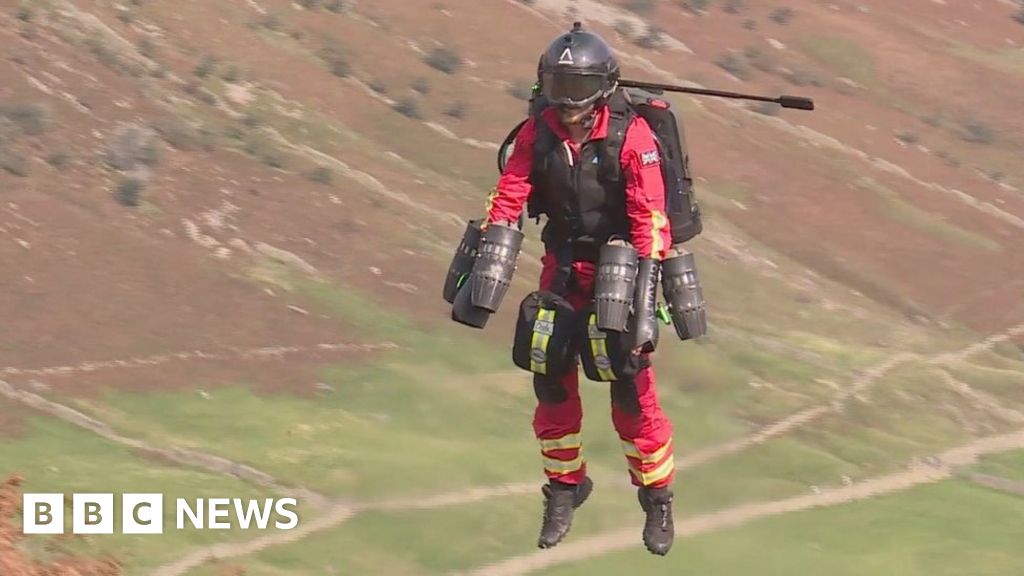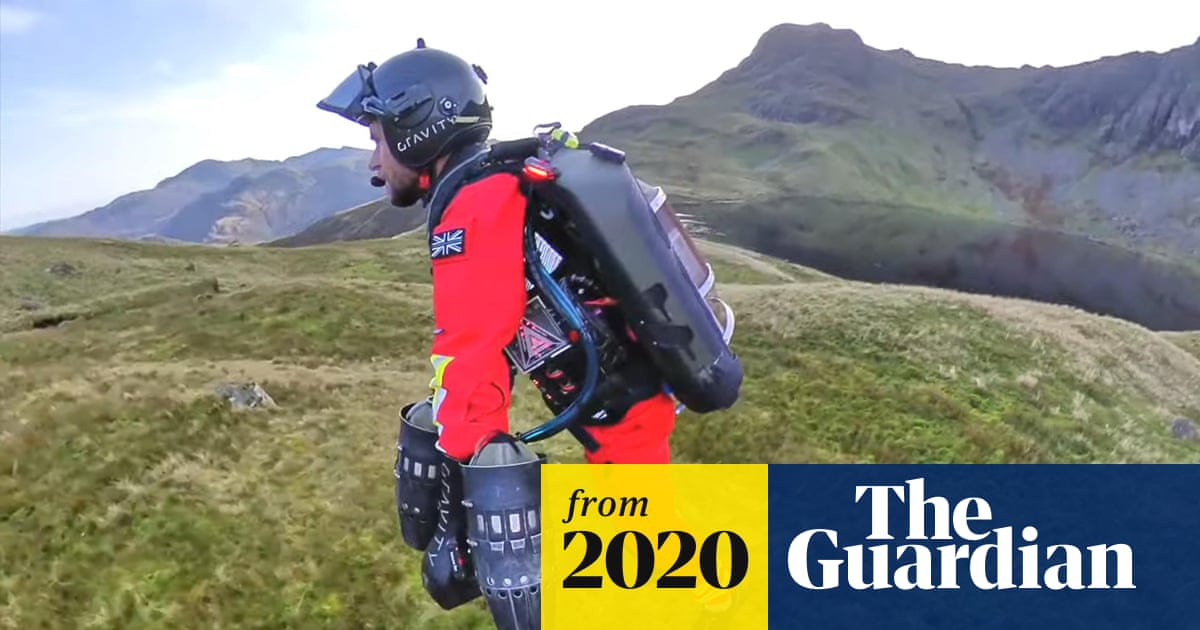RavenOne
ACCESS: Top Secret
- Joined
- 18 June 2008
- Messages
- 864
- Reaction score
- 1,963
Great North Air Ambulance Service teamed up with a company to develop the jetpack equipped paramedic.


Jet suit paramedic tested in the Lake District 'could save lives'
The kit means a paramedic can "fly" up a fell in 90 seconds rather than go 30 minutes by foot.
www.bbc.co.uk

